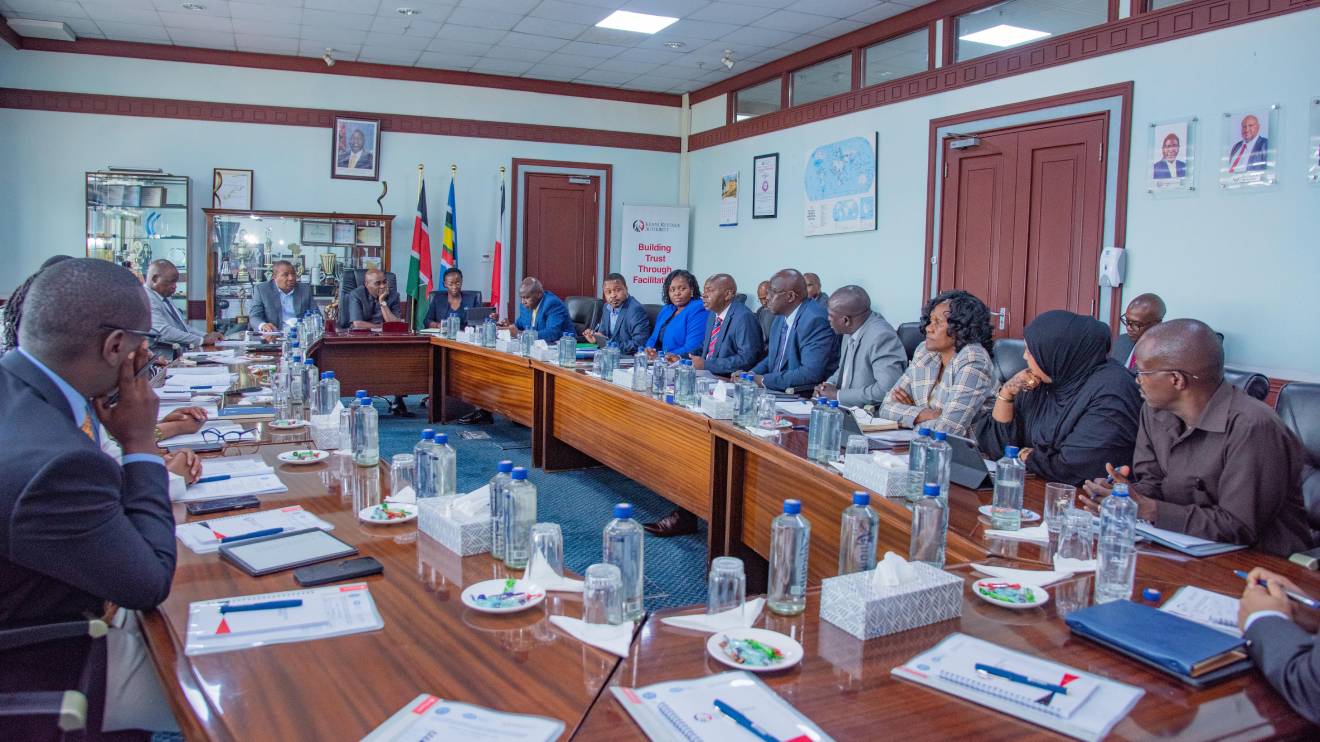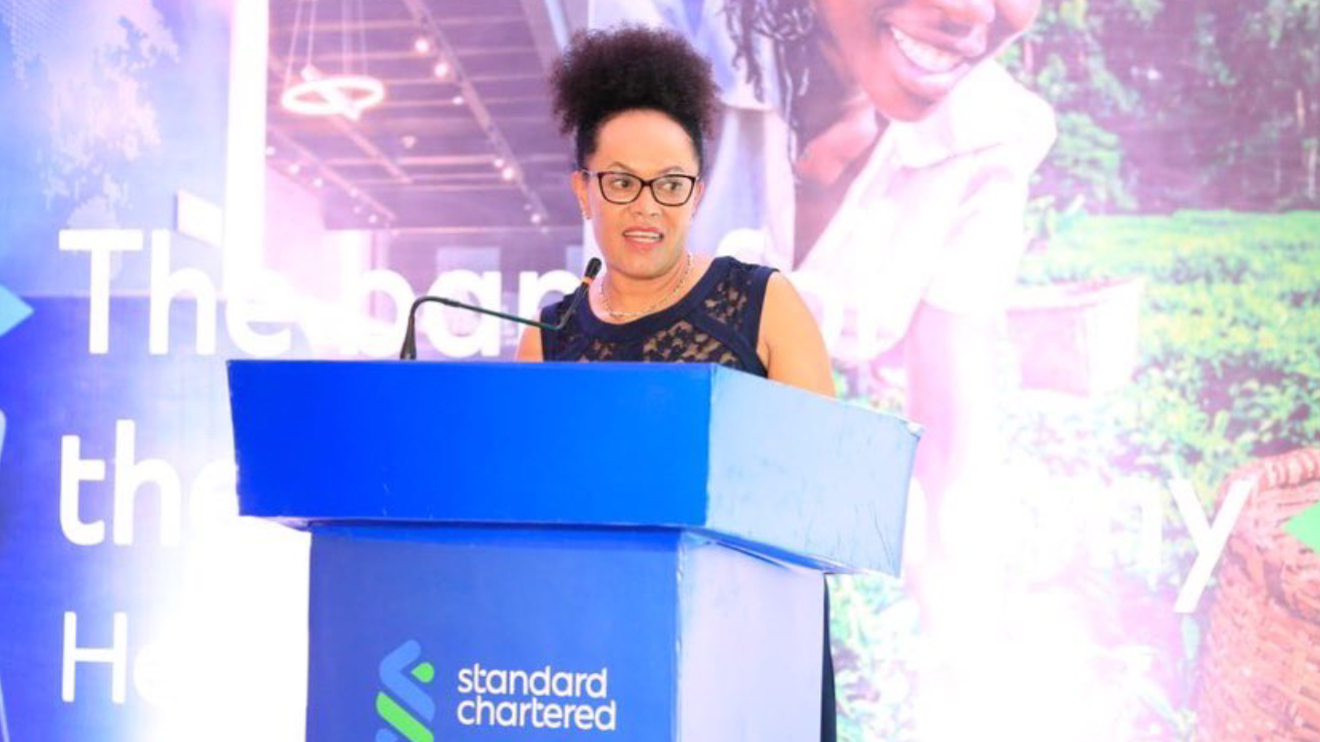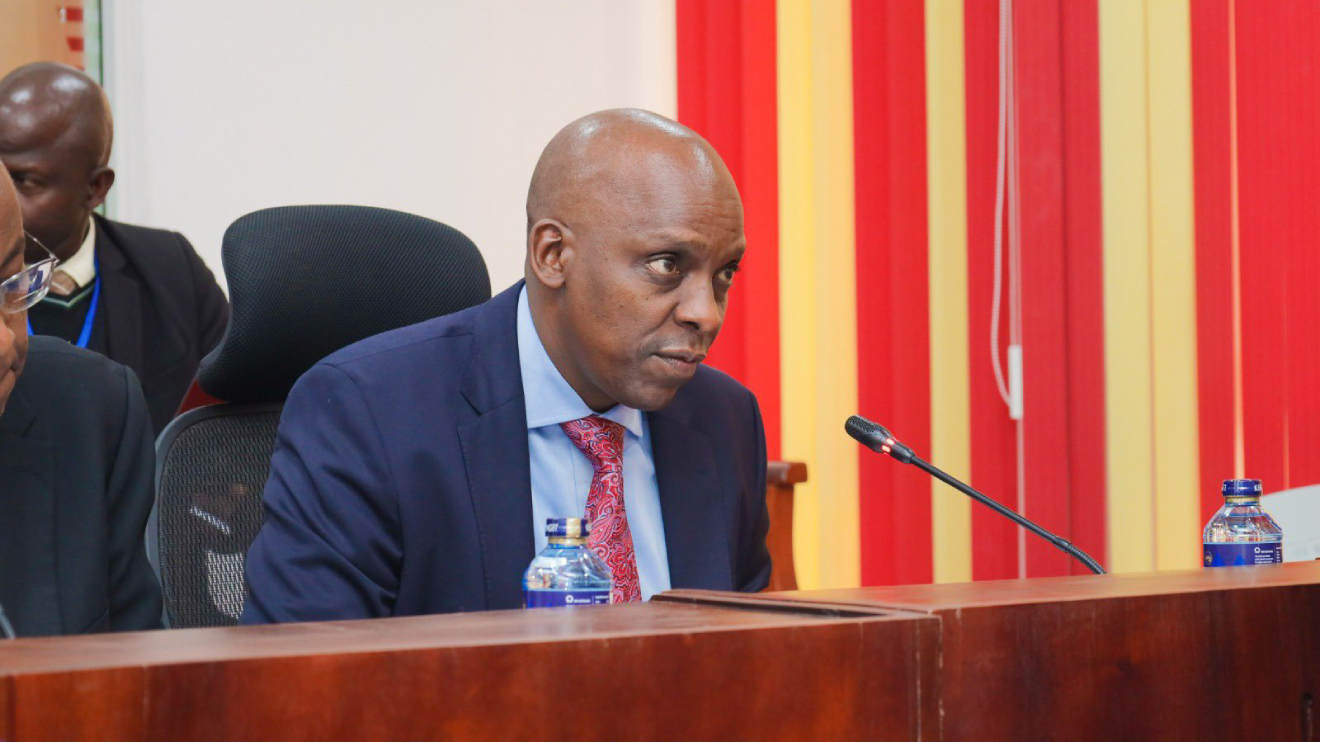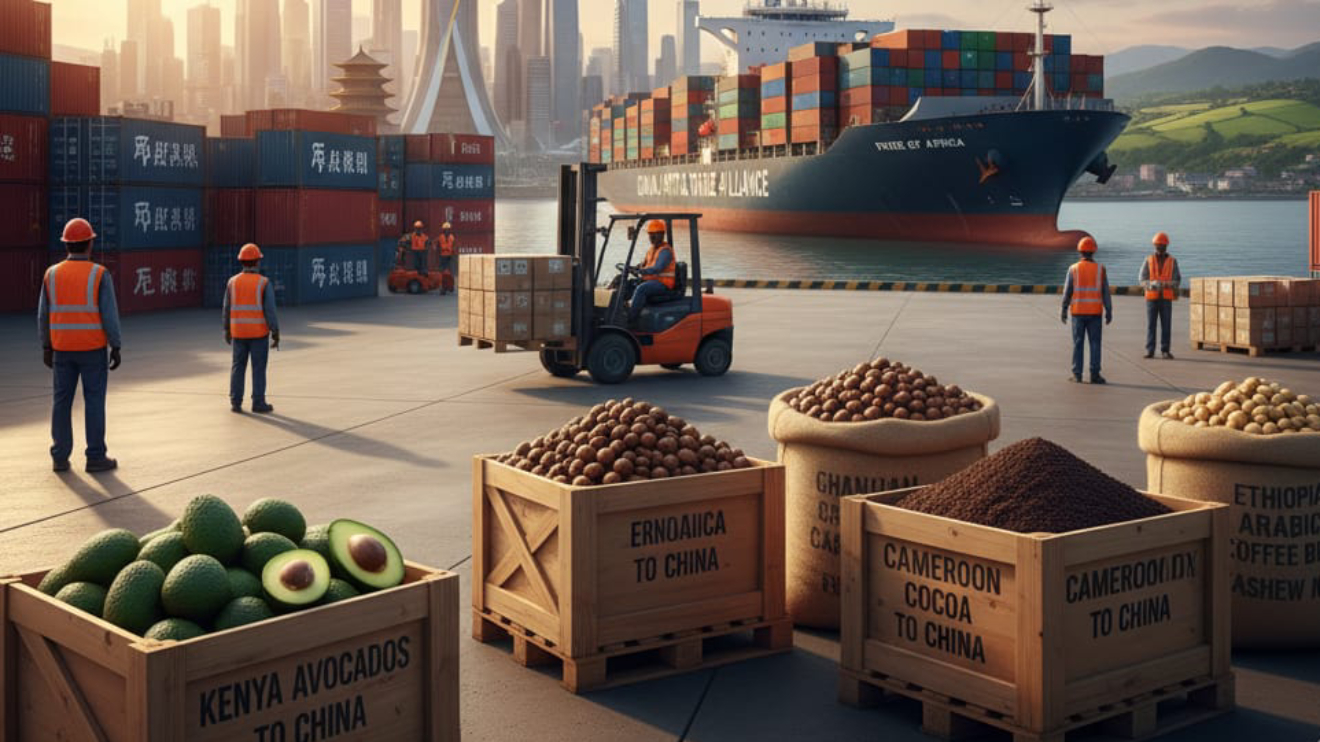The Kenyan port landscape is set for a significant transformation, with the Kenya Ports Authority (KPA), Kenya Bureau of Standards (KEBS), and Kenya Revenue Authority (KRA) joining hands to tackle efficiency challenges and optimize revenue collection.
This collaborative effort, spearheaded by the current administration's directive, promises a seamless flow of goods through port entries and exits, ultimately bolstering trade and economic growth.
Following a joint meeting, the three institutions have committed to acquiring modern scanners within the next four weeks.
This critical equipment upgrade will expedite inspections, reducing clearance times and delays for both cargo and vessels.
"This is in line with the directive of his excellency President William Ruto to ensure seamless operations to optimize port performance, enhance trade facilitation, and boost revenue mobilization," reads a joint press statement, highlighting the shared vision behind the initiative.
Read More
Further collaboration extends to the immediate integration of IT systems, paving the way for a more streamlined and interconnected process.
This integration will not only facilitate pre-clearance of cargo but also streamline information sharing, enhancing transparency and efficiency.
Recognizing the role of container freight stations, the agencies have agreed to develop joint licensing requirements within two weeks.
Additionally, they aim to tackle the issue of long-stay containers by implementing a framework for their swift clearance within four weeks.
Modalities for dealing with long-stay cargo will also be established, ensuring efficient management and preventing congestion.
Taking a proactive approach to dispute resolution, the agencies have committed to resolving tax conflicts amicably before resorting to litigation.
This will not only save time and resources but also foster a more collaborative working environment.
Additionally, other areas of collaboration will be explored to maximize the impact of this joint initiative.
Finally, recognizing the importance of shared knowledge and understanding, the agencies have agreed to conduct a joint training needs assessment for their boards and management teams.
This will ensure alignment with the government's agenda and foster a more cohesive approach to port operations.
This collaborative effort marks a significant step towards a more efficient and streamlined Kenyan port system.
With modern scanners, integrated IT systems, and streamlined processes, the agencies aim to optimize trade facilitation, boost revenue collection, and ultimately contribute to the nation's economic prosperity.








